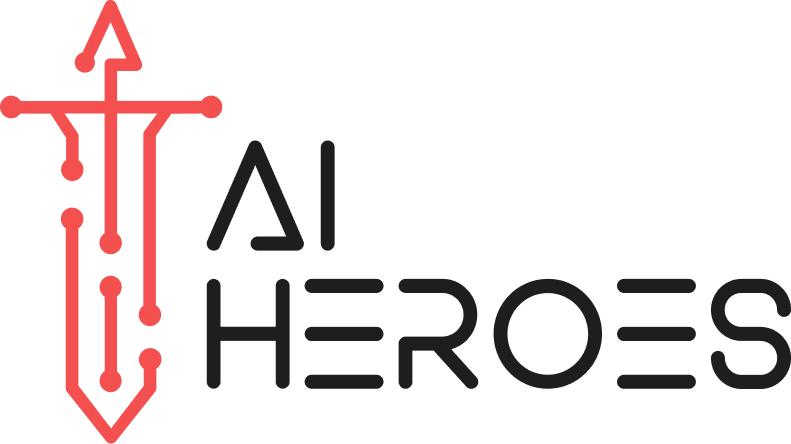Generative AI is changing industries fast around the globe. AI used to be synonymous to big data, analytics and glorified excel functions. However the way AI is being used in a professional capacity is quickly changing. Leading companies are now using AI not just for simple data analysis but for creative innovation, streamlining operations, and improving the bottom line. Its time for you to join in on the benefits of AI and see how its changing businesses. In this blog, we’ll cover five powerful ways generative AI has already enabled businesses to improve their profits and examples to illustrate those effects.

1. ING Creates Competitive Advantage through Early AI Adoption
Companies that adopt generative AI early and in a strategic manner position themselves for long-term success and a competitive edge in their respective industries. ING, one of the pioneers in AI adoption, pursued a full, multi-faceted approach in implementing generative AI. They defined an AI strategy to grow AI skills and competencies across the organization, established an Advanced Analytics practice with data scientists and analysts, and collaborated with external AI experts like QuantumBlack.
Continuously investing in these capabilities and looking at innovative uses, such as advanced chatbots, ING has been able to position itself as a leading company in the financial services industry, pushing innovation and improving the customer experience.
“ING took a strategic approach to implementing AI by: Defining an AI strategy to grow AI skills and competencies across the organization, Establishing an Advanced Analytics practice with data scientists and analysts, Collaborating with external AI experts like QuantumBlack (McKinsey’s AI arm),
Exploring use cases to apply generative AI like advanced chatbots.” – McKinsey & Company
In the case of a budget of 100,000 euros, that’s a reduction of 45,000 euros.
2. Advanced Customer Service: McAfee
Generative AI has transformed customer service, allowing companies to offer 24×7 self-service capabilities and reduce wait times for the response by live agents.
ING, a leading bank and one of the most global ones, implemented advanced AI chatbots such as “Lionel,” “Marie,” and “Inge” to handle customer queries and service requests across all channels, including phone, online chat, and messaging platforms. These chatbots succeeded in solving 40-45% of chat queries automatically, easing human agents’ workloads and allowing them to focus on issues that call for complexity. In another instance, McAfee integrated AiseraGPT, an enterprise chatbot solution, to increase the auto-resolution rate of support tickets by 75% and reduce the load on human agents dramatically. The natural language understanding abilities of AiseraGPT let it provide context-based responses—powerful differentiation in customer service.
“By implementing Aisera’s AI Customer Service solution, McAfee was able to provide AiseraGPT for enterprise-like, autonomous, multi-threaded dialogs by leveraging knowledge articles. McAfee realized a 74 percent auto-resolution rate with self-service and a 75 percent increase in agent productivity.” – Aisera
In the case of over 20,000 support tickets in a month, this would mean a reduction of support tickets to just 5,000.
3. Optimizing Operations with Predictive Maintenance at Chevron
Chevron, a multinational energy company, is one of the best examples of a global corporation that has implemented an AI-driven predictive maintenance system to optimize performance in its upstream and downstream operations. With generative AI at the core, Chevron is pushing for operational efficiency and cost savings across its supply chain.
The predictive maintenance system by the company uses advances in sensor technology, data analytics, and computing by the cloud to predict and prevent equipment failures before they happen. The proactive approach helps Chevron avoid highly expensive downtime and fully realize the expected lifespan of its assets.
“Advances in the functionality and economics of sensors, data analytics and cloud computing are behind the rise of so-called predictive analytics, which Chevron executives say could lead to savings of millions of dollars annually.” – The Wall Street Journal
4. Safer, More Effective Maintenance Using AI—Boeing
Following the 737 Max crashes, Boeing has turned to using generative AI in forging safety culture that would prevent future accidents. The aerospace company has developed a safety analytics tool powered by AI, which uses machine learning models to sift through millions of data daily in operational details to unearth potential hazards or risks in their aircraft and airline operations.The proactive position that Boeing can take through this system is to prevent the escalation of safety risks into accidents, injuries, or loss of life, hence a considerable increase in its overall safety management system. The tool was the brainchild of Boeing’s Chief Aerospace Safety Officer Mike Delaney in an attempt to process huge volumes of operational data, which could be very difficult for any human analyst to study.
“Boeing turns to AI to cull safety risks from mountains of data… It uses machine learning models and advanced mathematical algorithms to analyze data from Boeing’s aircraft and operations. It allows Boeing to proactively identify potential hazards by processing huge volumes of operational data that would be difficult for humans alone.” – Bloomberg


5. Revolutionizing Drug Discovery and Marketing (Pfizer)
Being a global biopharmaceutical giant, Pfizer has embraced the power of generative AI in revolutionizing its drug development process and streamlining marketing efforts. By integrating machine learning through the drug discovery pipeline, Pfizer will be able to map the human immune system, identify new biological targets, and predict which existing drugs can be used to treat other conditions.
This AI-driven approach enables faster drug discovery by quickly pointing out promising drug candidates, thereby enabling Pfizer to reallocate resources more efficiently. Capabilities such as NLP automate generation of documentation, reports, and other content required at any stage in the drug development lifecycle to ensure high-quality, consistent content while increasing efficiency. During the COVID-19 pandemic, the company used AI and data analytics to track inventory conditions and predict supply chain issues that reduce waste and ensure product integrity in the development and distribution of their vaccine. Generative AI has also been a game-changer for Pfizer in the realm of marketing and content creation. The company created an AI platform called “Charlie” that allows it to improve marketing
“By leveraging AI across drug R&D, regulatory affairs, manufacturing, supply chains and marketing, Pfizer has been able to accelerate processes, increase efficiencies, optimize operations and unlock new insights.” – Emerj
Take the first step towards a future-proof, AI-driven enterprise by scheduling a consultation with us: here



